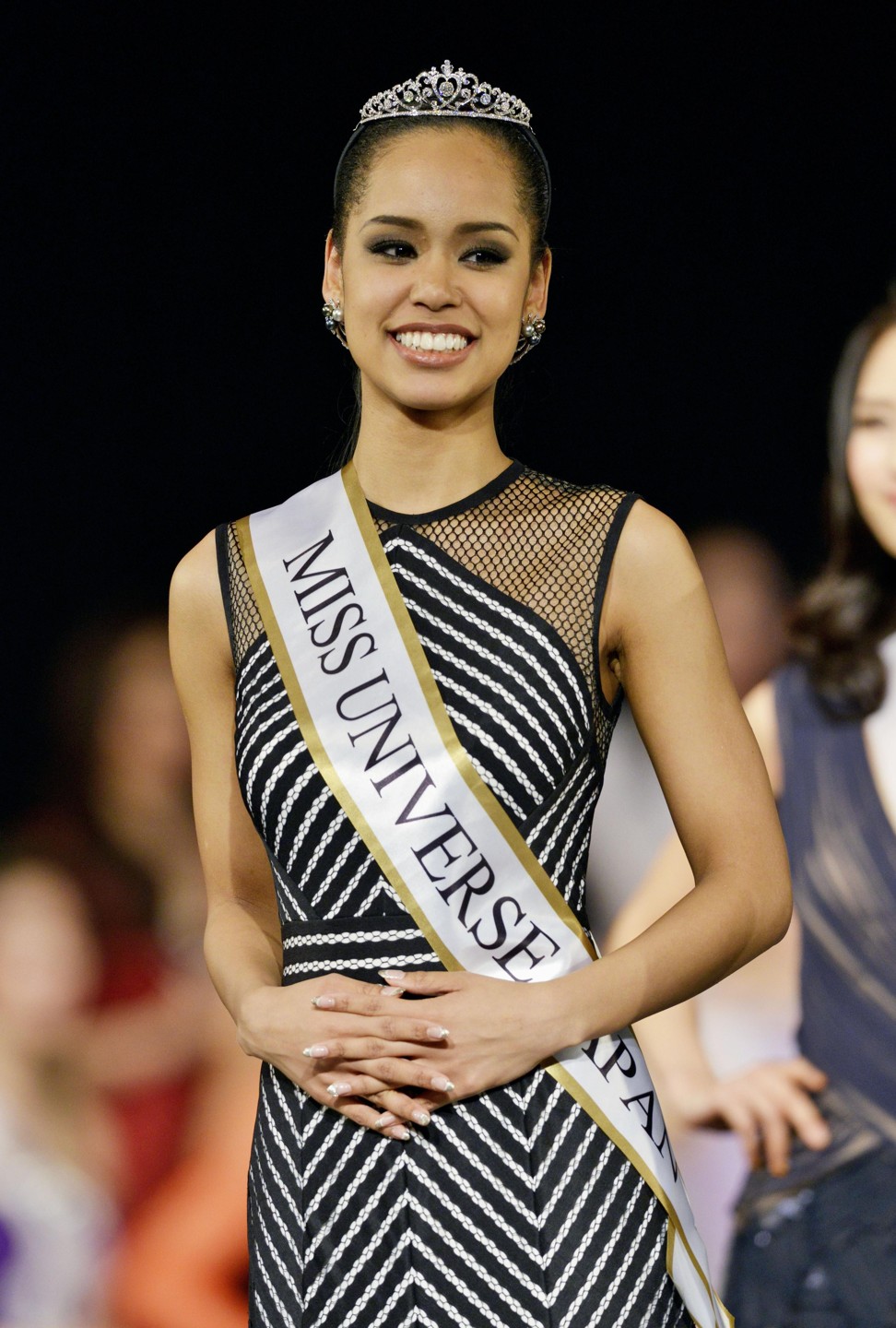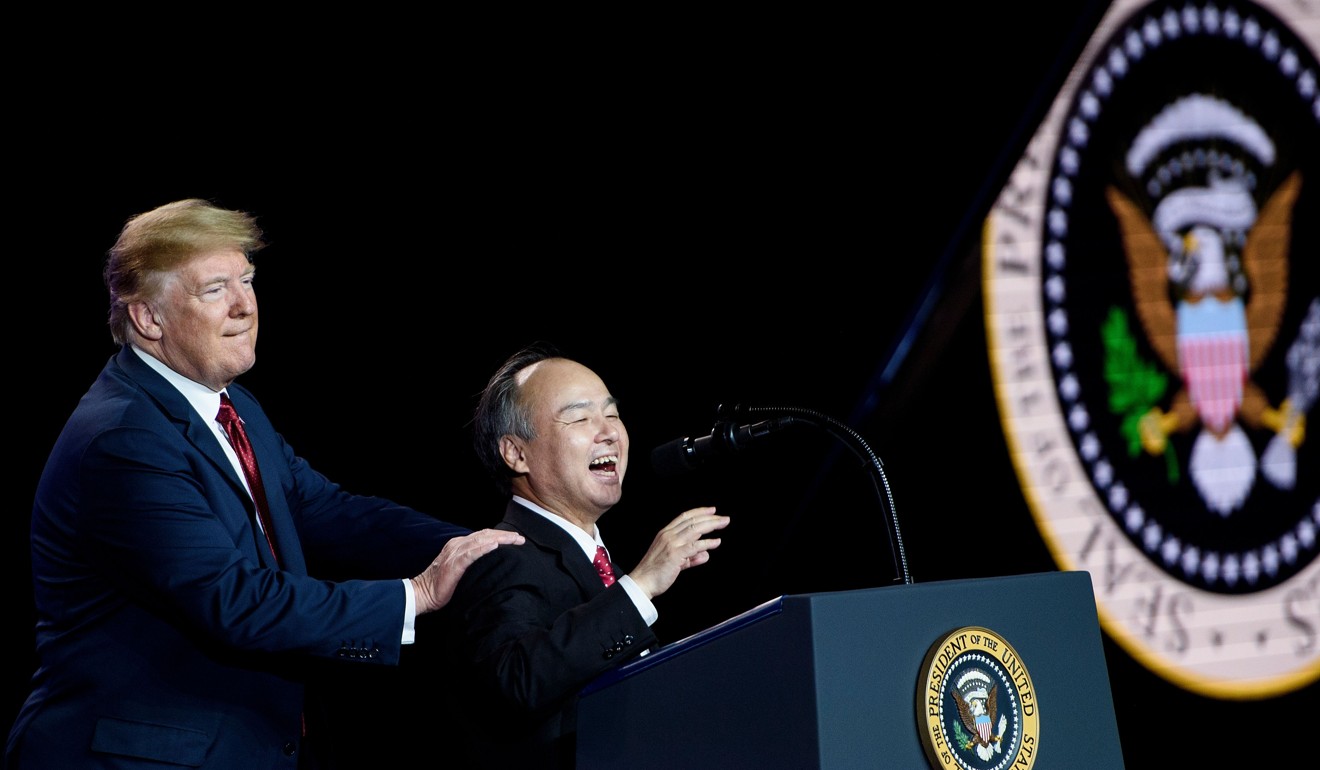
Naomi Osaka not the only mixed-race or minority Japanese who’s made it big
People of mixed descent or from ethnic minorities often face discrimination in Japan. The achievements of these five people, however, are redefining the national identity
While Japan celebrates Naomi Osaka’s defeat of Serena Williams in the US Open final to become the first Japanese tennis player to win a Grand Slam singles title, the biracial tennis prodigy is also challenging what it means to be Japanese in a racially homogeneous country.
The term for mixed-race in Japan is hafu, which comes from the English word “half”. Those with Japanese and Caucasian parents have typically been welcomed, especially in the country’s entertainment industry. People of African or other Asian descent, however, have faced discrimination.
Why Japanese don’t measure up to Koreans as pop idols
We look at Osaka and four other bicultural personalities whose achievements have come to redefine the Japanese identity.
Naomi Osaka
The 20-year-old tennis player shot to stardom after beating Serena Williams on Saturday in a controversial match that saw Williams penalised for a heated exchange with the umpire.
Japan has, however, embraced the victory. Prime Minister Shinzo Abe congratulated Osaka on Twitter and praised her for bringing some encouragement to a country plagued by severe weather events this summer, including typhoons and an earthquake.
Osaka was born in Japan to a Japanese mother and a Haitian father. The family moved to the US when she was three and her father began training her and her sister to play tennis. She now holds dual Japanese and American citizenships.
Despite growing up far away from her birth country, Osaka has not forgotten her roots. The tennis prodigy bows to opponents and umpires on the court – a Japanese gesture of politeness – and refers to anime in interviews.

Renho Murata
Taiwanese-Japanese politician Murata, commonly referred to by her first name Renho, was elected as Japan’s first female leader of the opposition Democratic Party in 2016 and also the first bicultural politician to hold such a role.
Born to a Taiwanese father and a Japanese mother in Tokyo, the 51-year-old has experienced controversy over her dual citizenship. She claimed during the country’s 2017 presidential election to have given up her Taiwanese citizenship, but it turned out later that it had not been properly renounced.
Renho’s time as the leader of the opposition was short-lived, as the Democratic Party lost out in the important Tokyo prefectural election. Senior party members blamed her for the poor results. She tendered her resignation as the head of the party in July 2017.
While Renho was once hailed for breaking the glass ceiling, her resignation was seen by experts as a setback for women in Japanese politics.

Ariana Miyamoto
Born to a Japanese mother and African-American father, Japanese model Ariana Miyamoto was the first biracial woman crowned as Miss Japan, going on to represent her country at the 2015 Miss Universe pageant.
The 24-year-old generated much debate internationally, receiving abuse online from Japanese commenters who did not think she fits the standards of Japanese beauty.
“Miss Universe Japan is… what? What kind of person is she? She is not Japanese, right?” a user said in a tweet translated by the BBC.
Miyamoto placed in the top 10 in the Miss Universe pageant. She said she hopes to use her role to champion a change in attitude towards race in Japan.
“Hopefully I can help create a Japan where anyone can make things happen,” she said in an interview.

Namie Amuro
Celebrating her 25-year milestone in the entertainment industry in 2017, Namie Amuro – who is of Japanese and Italian descent – is one of Japan’s bestselling music artists.
The 40-year-old dominated charts in the 2000s and has popularised a Western look with her long, dyed and curled brown hair.
Amuro started her career in a girl band but transitioned into a successful solo singing career with R&B-influenced tracks and collaborations with international artists such as David Guetta. After a long career, the Japanese queen of pop is retiring this year and has completed her final tour.
Meet the most recognisable – but least famous – musician in Japan
Amuro is an example of entertainers with Japanese and Caucasian parentage enjoying success in Japanese show business. While this group also experiences discrimination similar to that faced by Japanese people with other ethnic origins, they have come to gain higher visibility in a homogeneous society.

Masayoshi Son
Son is the founder and CEO of the multinational investment firm Softbank and Japan’s second richest man. The 61-year-old is ethnically Korean, his grandparents having immigrated to Japan in search of a better life.
People of Korean descent often face prejudice in Japan. As a result, Son’s family changed their last name to Yasumoto to pass as Japanese.
“When I was in elementary and junior high school, I was in agony over my identity so much that I seriously contemplated taking my own life. I’d say discrimination against people is that tough,” Son said in an interview.
The businessman reverted to his Korean family name in hopes of serving as a role model for other ethnic Koreans in Japan. This was a decision not taken lightly, as Son faced criticism from his own family, who wanted to hide their ancestry to avoid discrimination.

